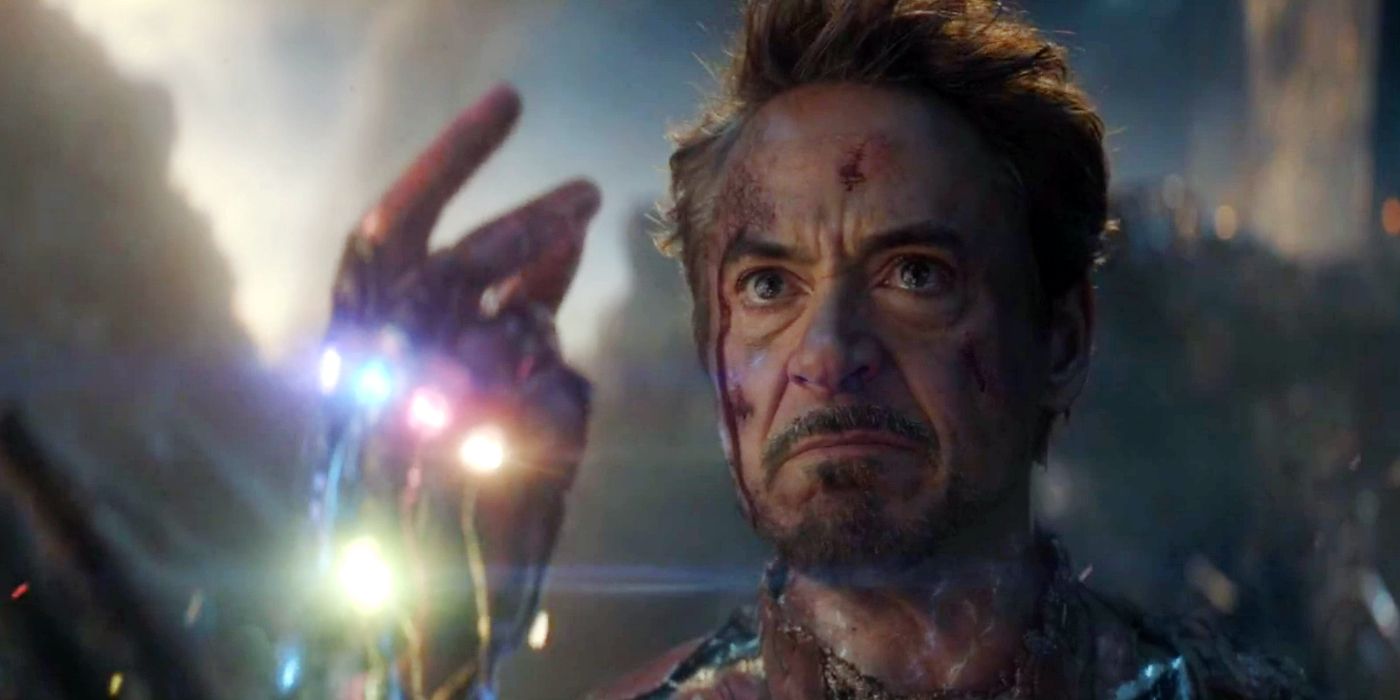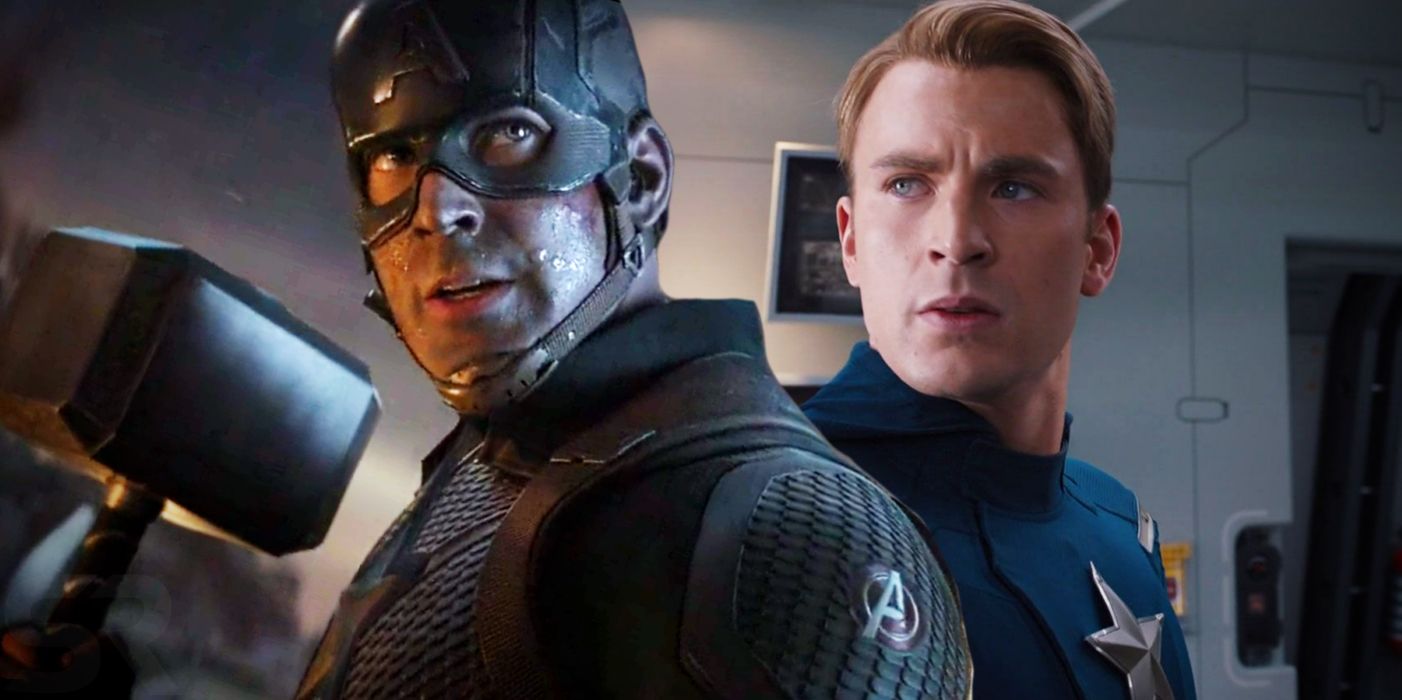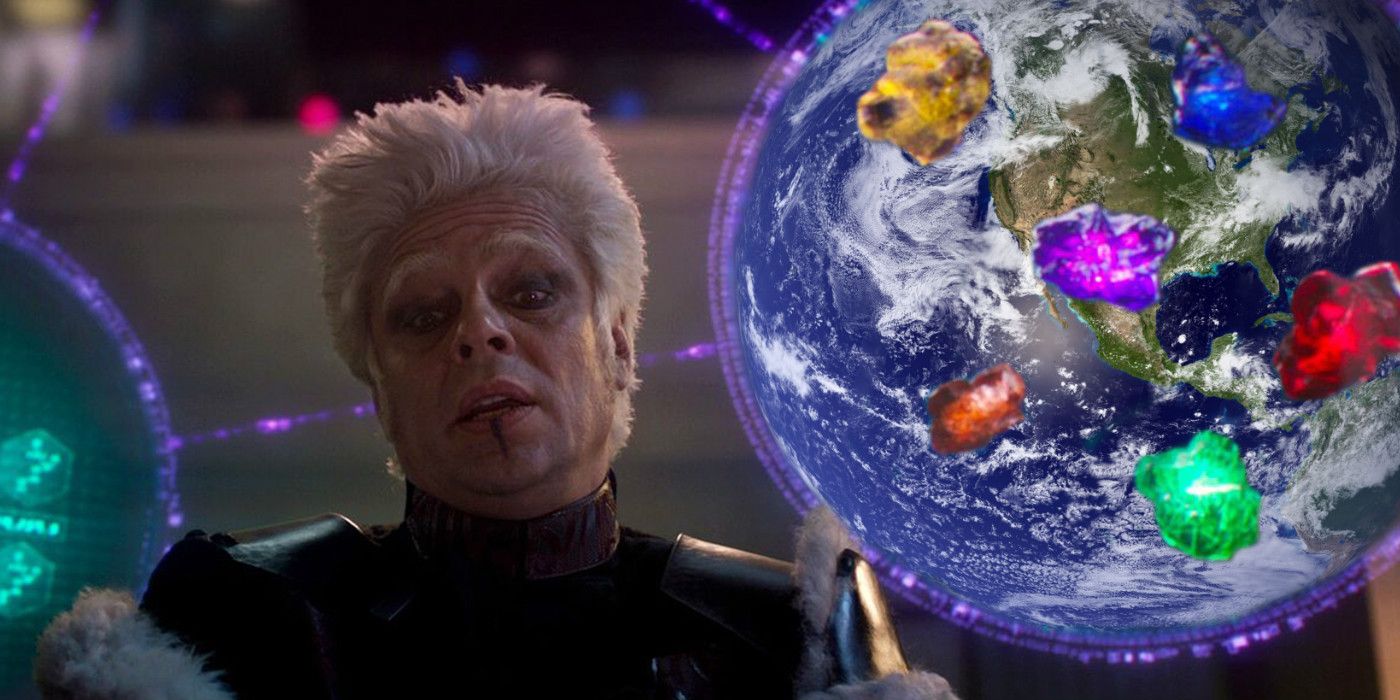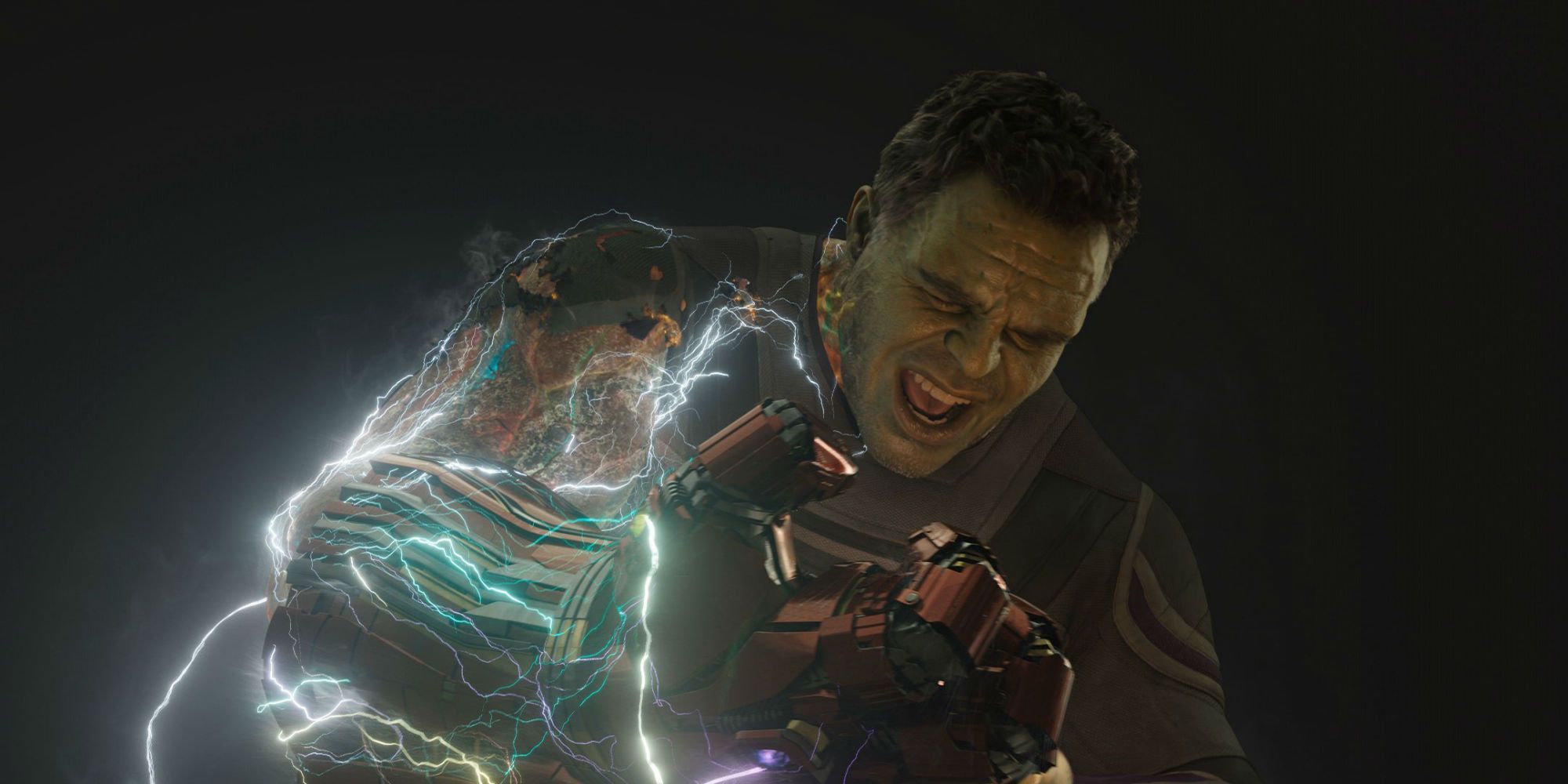In Avengers: Endgame, multiple teams of heroes engage in a “time heist” by traveling to four points of history in the Marvel Cinematic Universe, collecting different Infinity Stones to construct their own Infinity Gauntlet. At which point they can reverse the genocidal actions of Thanos themselves. It’s an ambitious plan... and unfortunately, one that would never work in the Marvel comics the movies are actually based on.
In the film, Dr. Bruce Banner (a.k.a. Smart Hulk) states that even if the Avengers’ actions change past events, these changes won't actually change the core MCU timeline they're traveling back from. At most, they would create alternate, branching realities. Bruce is proven right, of course, but it’s for this reason that the Avengers’ plan was doomed from the start. To show why, let’s examine the time traveling rules established in Marvel Comics, discover why they would have prevented the MCU Avengers from building an Infinity Gauntlet, and why the Avengers’ flagrant disregard for these rules may have resulted in Hulk’s mangled arm and Tony Stark’s death.
How Time Travel Works in Marvel Comics
Superheroes have been time traveling in Marvel Comics practically since since the beginning. Unfortunately, writers and artists played so fast and loose with time travel that continuity errors began popping up. In response, Marvel Editor-in-Chief Mark Gruenwald established some official time travel rules for Marvel comic stories. According to Gruenwald, when a Marvel character time travels, he or she doesn’t move forward or backward in time, but shunts sideways into one of the alternate realities in Marvel’s multiverse. This alternate reality is identical to whatever time period the traveler wants to go to, making the traveler believe he or she is in the actual past or future. However, any changes the traveler makes only affects this alternate reality and not the original timeline.
This rule allowed writers and artists to keep telling creative tales about Marvel’s future or past without creating any temporal paradoxes. The Hulk could travel to alternate futures and fight evil versions of himself like Maestro while his “real” future could remain a mystery. Likewise, Spider-Man could travel to the past and engage in super heroics without worrying about changing his own origins. Eventually, superheroes began referring to Gruenwald’s time travel rules as “The Richards Doctrine,” indicating that in the Marvel Universe, Reed Richards of the Fantastic Four established these time travel rules as scientific fact.
Unfortunately, this means characters can’t change their own pasts by time traveling. The Fantastic Four’s Thing learned this the hard way in Marvel Two-In-One #50 (1979), when he travels back to his early days and gives his younger self a serum that reverts him to human form permanently. Ben cures his past self but he remains the Thing, since he only healed an alternate version of himself. Ben journeys back to this reality in Marvel Two-In-One #100 and discovers it was always a separate universe where New York was named “New Amsterdam.” To his horror, he finds Galactus nearly obliterated this Earth after he’d cured his younger self and the Red Skull was trying to conquer what was left.
The Marvel comic book series What If--? soon to be a Disney+ series plays on this concept by showing past events in Marvel Comics that play differently in alternate timelines (revealing histories where Spider-Man stopped the burglar before he murdered Uncle Ben, or Iron Man became the Sorcerer Supreme instead of Dr. Strange). Another Marvel comic, Exiles, shows alternate versions of the X-Men traveling to key moments in history (such as the Trial of Phoenix) and interfere in the events, often with violent and bloody results. But since writers and artists frequently break the rules, there have been instances where Marvel time travel does not follow the Gruenwald/Richards’ Doctrine. But generally speaking, on a universe-wide level, the rules hold in the comics.
How the Infinity Stones Work in Marvel Comics
Thus far, it looks like the rules for time travel in Marvel Comics and the MCU both match up. So why wouldn’t the Avengers’ time heist in Avengers: Endgame work in the comics? The answer lies in Fantastic Four #571 (2009). In this storyline, Reed Richards meets “The Interdimensional Council of Reeds,” a multiverse-spanning think tank made up of alternate versions of himself. The three Reeds who founded the group each possess Infinity Gauntlets from their home realities, enabling them to wield the powers of a god. However, when the mainstream Reed asks these Reeds why they don’t just use their Infinity Gauntlets to solve all their problems, he learns a surprising truth: the Infinity Stones only work in their native realities.
In other words, once an Infinity Gauntlet leaves the universe where its Infinity Stones came from, it no longer works until it re-enters its original reality. Basically, the Council of Reeds establish that the all-powerful Infinity Gauntlet is powerless if removed from the universe that created it (and from whence it was created).
Based on this evidence, since the Infinity Stones the Avengers gathered in Avengers: Endgame come from four separate alternate reality timelines, they should be completely incompatible with each other – not to mention the foreign reality of the MCU – if they follow the rules set by the comic books. Since Marvel established the MCU is Universe 199999, which exists parallel to the comic book universes, their Infinity Stones should follow the rules set by the comic books, yet somehow the MCU Avengers manage to get their jury-rigged Infinity Gauntlet working.
Why Hulk's Arm & Tony's Body Were Destroyed
This apparent inconsistency, however, does offer an explanation for why the Infinity Gauntlet in Avengers: Endgame performed in such brutal (and lethal) ways when wielded by Hulk and Iron Man. Both Infinity War and Endgame suggest the Infinity Stones contain insane amounts of power, and that only beings like Thanos or the Hulk can even hold them without dying. That's a major departure from the comics, where heroes and villains have used the Infinity Gauntlet with no ill effects at all. And if an Infinity Gauntlet channeling stones from different realities is as volatile as it should be, it suggests a properly calibrated Infinity Gauntlet (with stones that come from a single reality) should be relatively safe for most people to wield.
Since the Infinity Gauntlet from Endgame is a patchwork creation that forced mismatched Infinity Stones to work together in a foreign environment, it’s no wonder the stones reacted so violently when Bruce Banner or Tony Stark used them. The Infinity Gauntlet created is basically a power strip with way too many high powered, incompatible appliances jammed into it. Given this, it’s understandable why the Hulk fried his arm just by powering it up, and Tony Stark died using the gauntlet. They were basically thrusting wet hands into live wall sockets.
Sure, these heroes may have been trying to save their universe – but they were using some very irresponsible science. Frankly, they’re lucky they managed to only kill themselves as heroes of Avengers: Endgame, without accidentally blowing up the entire MCU.





